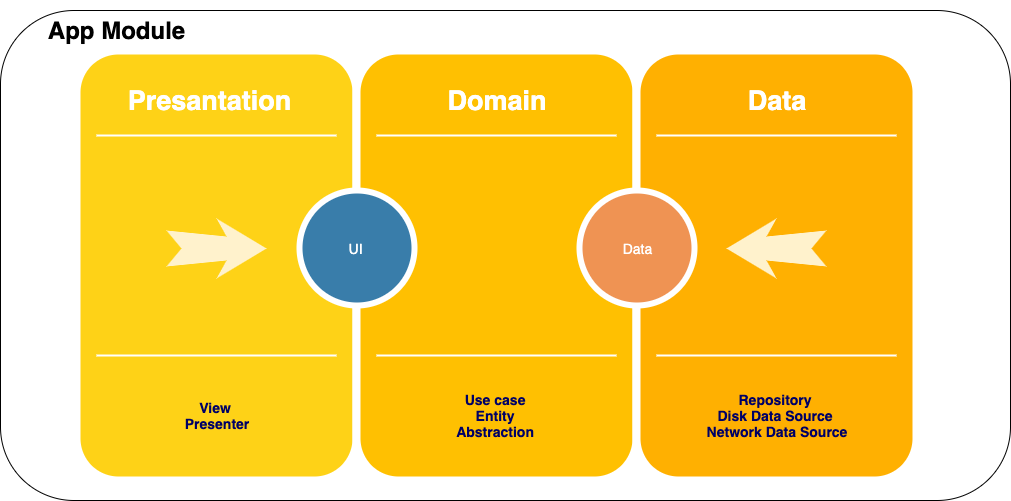How to Maintain Clean Modules


Maintaining Clean Modules: A Guide to Sustaining Optimal Performance
The Importance of Module Cleanliness
In the realm of technology and machinery, cleanliness is not just a matter of aesthetics; it’s a fundamental factor in ensuring optimal performance and longevity. This holds especially true for electronic modules, where dust, debris, and contaminants can wreak havoc on functionality. Proper maintenance of clean modules is paramount for preserving the efficiency and reliability of various systems.
Preventive Measures: Dust and Debris Management
One of the primary enemies of electronic modules is dust. Implementing preventive measures to manage dust and debris is the first line of defense. Regularly cleaning the surrounding environment and using air filters can significantly reduce the amount of airborne particles that settle on modules. This simple yet effective step goes a long way in maintaining the cleanliness of electronic components.
Cleaning Techniques: Gentle and Precise Approaches
When it comes to cleaning modules, a gentle and precise approach is crucial. Using compressed air to blow away loose particles is a common method. However, it’s essential to exercise caution and adhere to recommended pressure levels to avoid causing damage. For more stubborn contaminants, specialized cleaning solutions and anti-static brushes can be employed. The goal is to remove dirt without causing harm to sensitive electronic components.
Scheduled Maintenance: A Proactive Approach
To ensure the ongoing cleanliness of modules, adopting a scheduled maintenance routine is imperative. Establishing a regular cleaning schedule based on the specific environment and usage patterns prevents the accumulation of dirt over time. This proactive approach not only enhances performance but also minimizes the risk of long-term damage caused by neglect.
Environmental Considerations: Creating Controlled Spaces
Creating a controlled environment is key to maintaining clean modules. Sealing electronic cabinets, controlling humidity levels, and limiting access to authorized personnel can contribute significantly to the cleanliness of modules. By minimizing exposure to external contaminants, the risk of particles infiltrating sensitive electronic components is greatly reduced.
Investing in Quality Enclosures: Shielding Modules from Contaminants
The choice of enclosures plays a vital role in module cleanliness. Investing in high-quality, sealed enclosures adds an extra layer of protection, shielding modules from external contaminants. Consider enclosures with built-in filtration systems to actively capture and neutralize particles before they can reach the sensitive components inside.
Employee Training: Raising Awareness for Cleanliness
Often, the best defense against module contamination is an informed and vigilant workforce. Conducting training sessions to educate employees about the importance of cleanliness, proper handling procedures, and the potential consequences of neglect can create a culture of awareness and responsibility. Employees who understand the impact of their actions are more likely to contribute to a clean and well-maintained working environment.
Monitoring and Inspection: Identifying Early Signs of Contamination
Regular monitoring and inspection are essential components of module maintenance. Establishing a system for routine checks allows for the early identification of potential issues. Promptly addressing any signs of contamination or wear ensures that corrective measures can be implemented before significant damage occurs.
Documentation and Record-Keeping: Tracking Maintenance History
Maintaining a comprehensive record of module cleaning activities is a valuable practice. Documentation helps track the frequency of cleaning, the methods employed, and any issues discovered during the process. This historical data serves as a reference point for evaluating the effectiveness of maintenance practices and making informed adjustments as needed.
How to Maintain Clean Modules: A Continuous Journey
Ensuring the cleanliness of electronic modules is not a one-time task; it’s a continuous journey that requires commitment and diligence. By implementing preventive measures, employing proper cleaning techniques, and fostering a culture of cleanliness, organizations can safeguard their electronic modules and, in turn, contribute to the overall efficiency and longevity of their technological systems.
In the pursuit of maintaining clean modules, it is essential to stay informed and adopt best practices. Explore more insights and tips on How to Maintain Clean Modules to enhance the performance and longevity of your electronic components.









